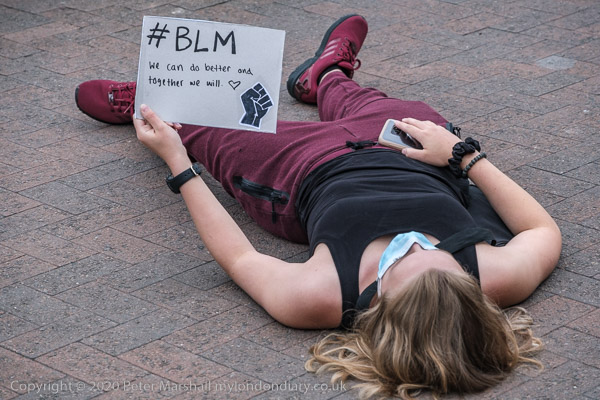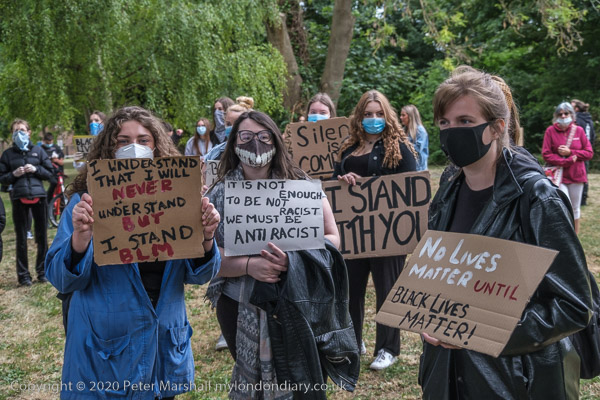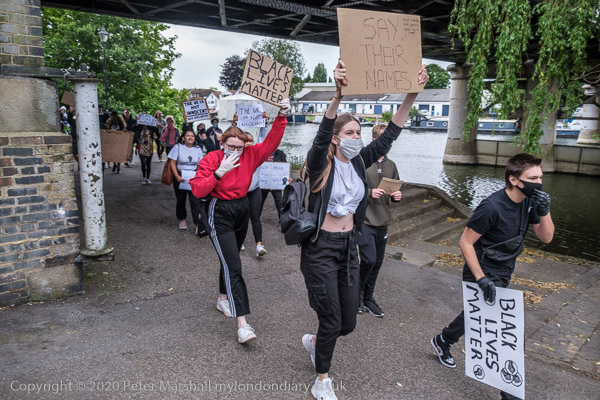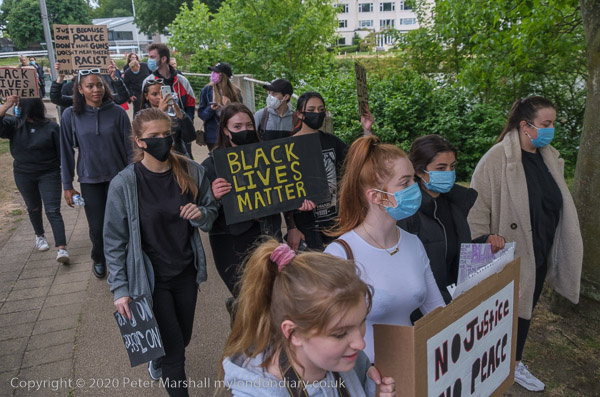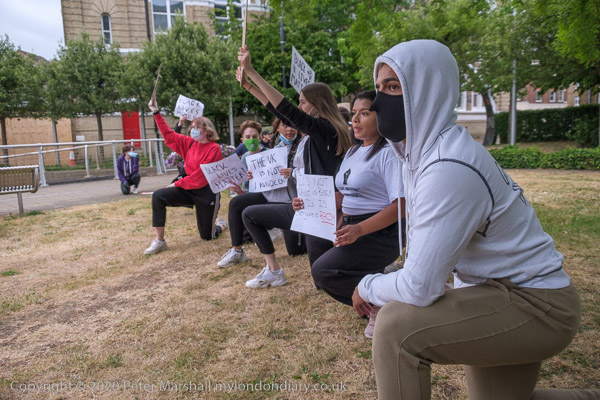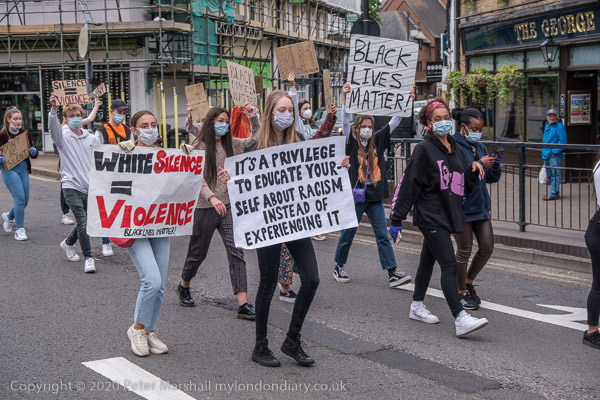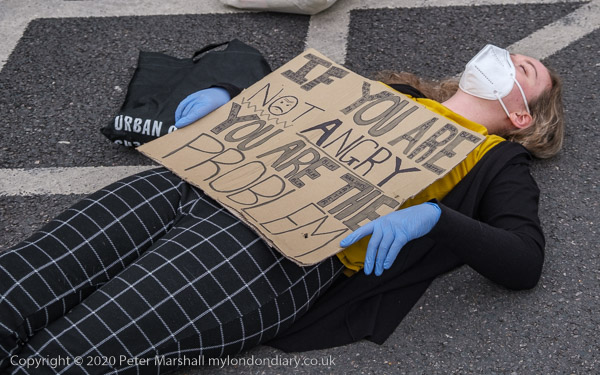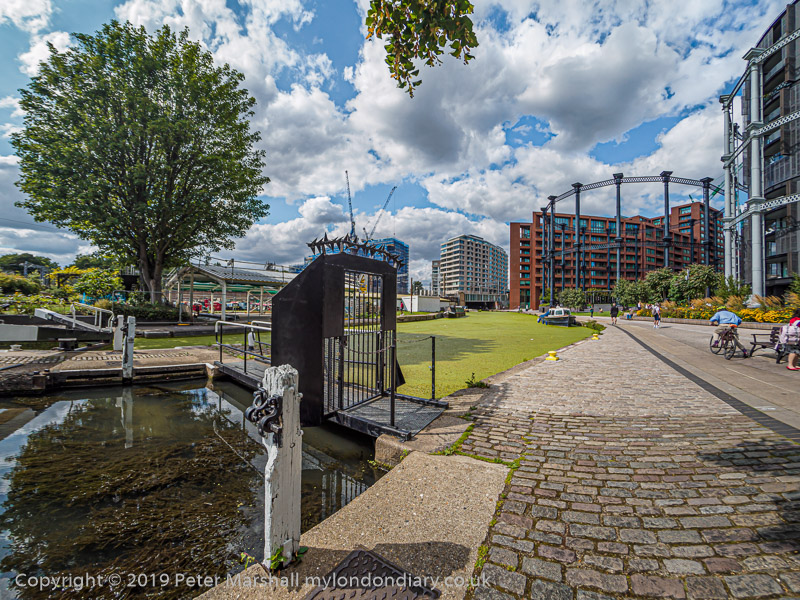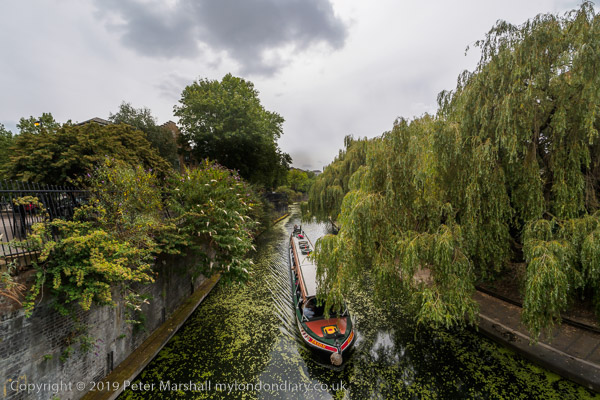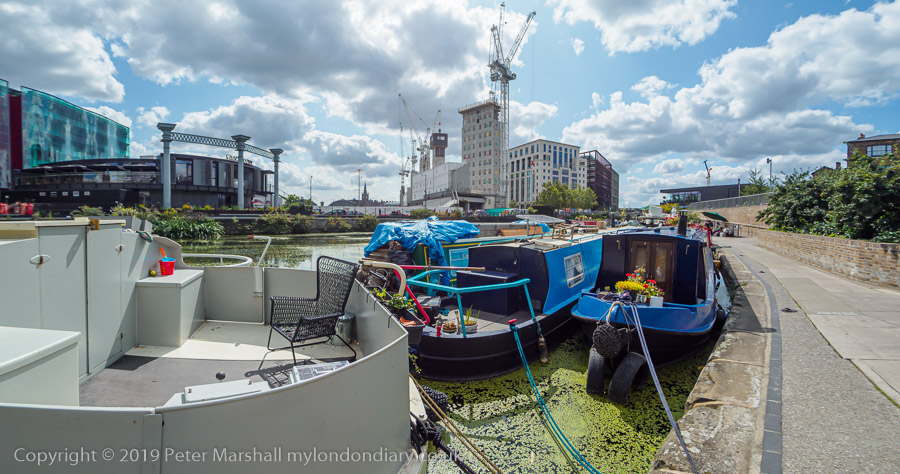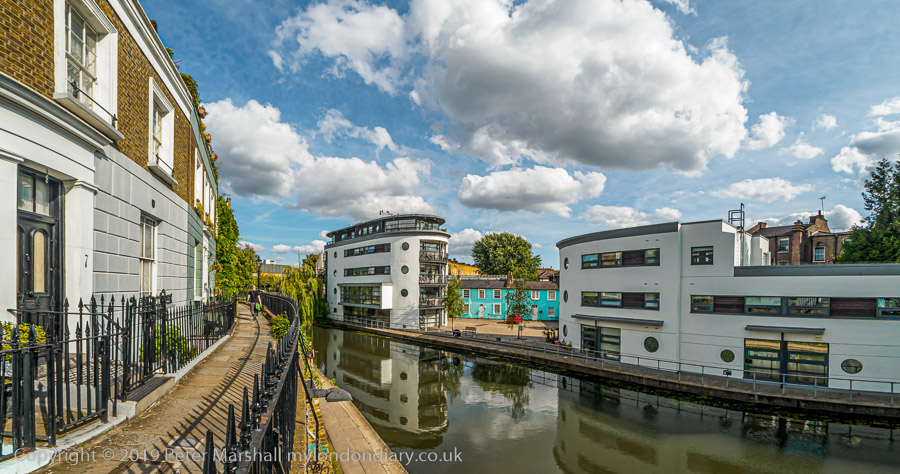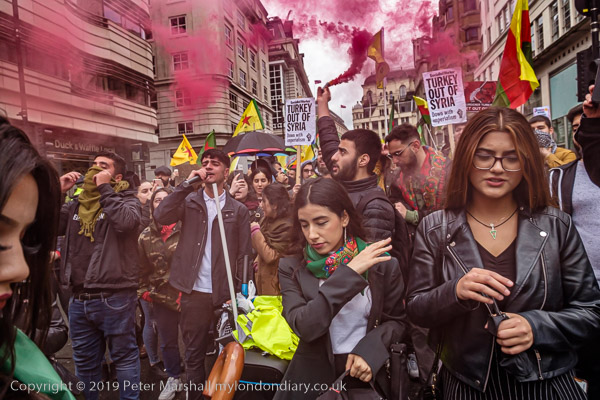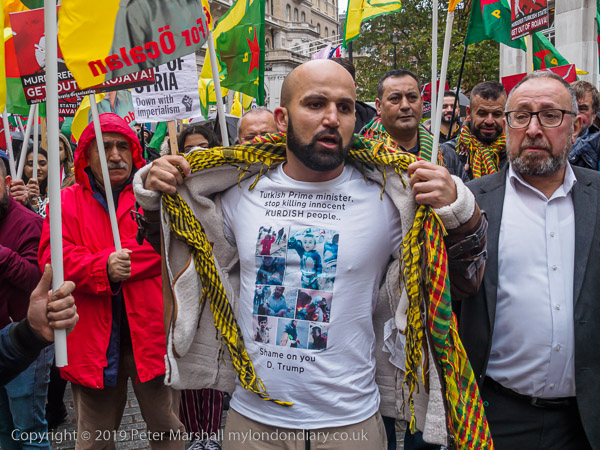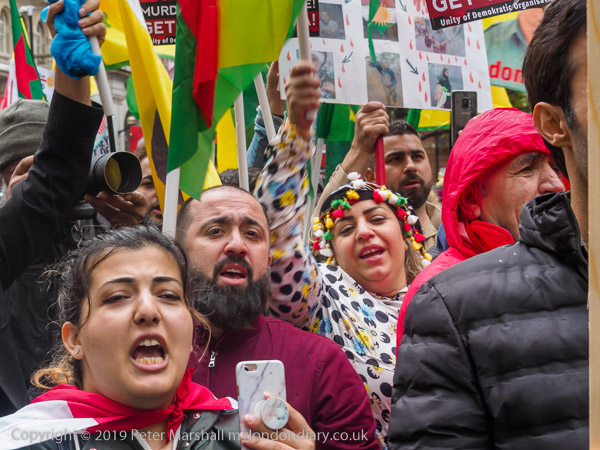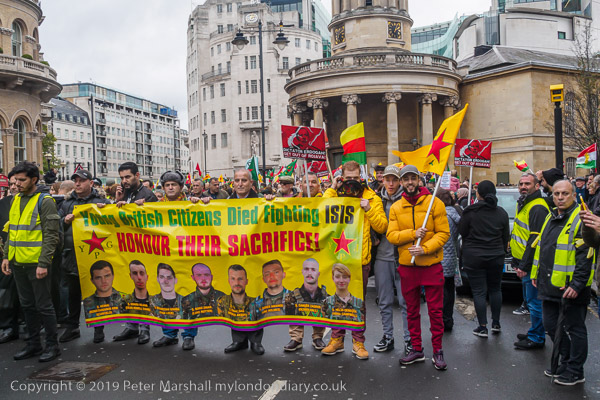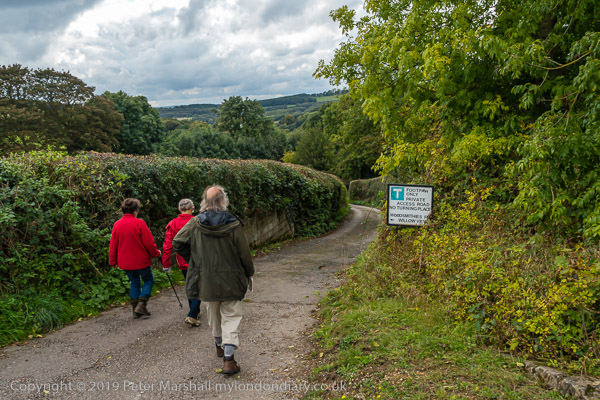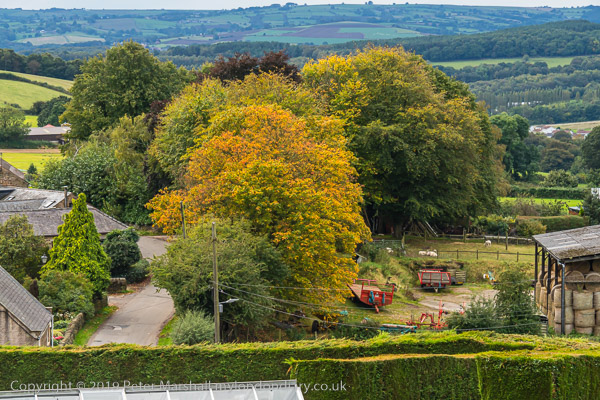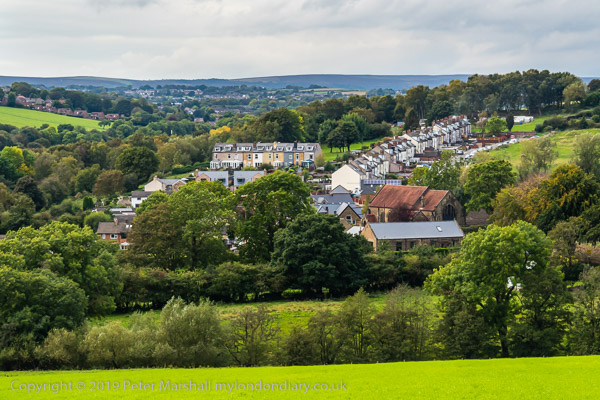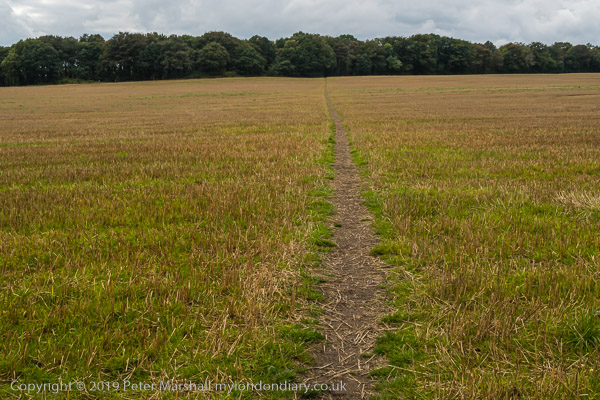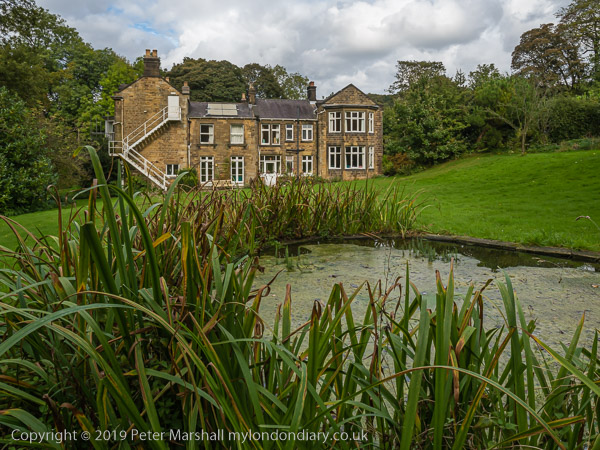Another set of ten pictures in the online series on the Peter Fetterman Gallery called The Power of Photography highlighting hope, peace and love in the world is now featured on ‘The Eye of Photography‘, and includes several images I don’t recall having seen before as well as some very familiar ones.
Along with the pictures are comments by Peter Fetterman, often very personal and usually perceptive. Photographers often despise gallery owners as mercenary parasites – and I think there is a great deal of truth in this – but many like Fetterman are knowledgeable about our medium and have a great love of it and the works they sell.
Selling photographs after all isn’t the easiest way to make a living – either as a gallerist or as a photographer. And while I think that the growth of the art market has had some unfortunate consequences for photography (and I think particularly of those huge boring decorative prints for corporate atriums a huge prices from rather untalented photographers – and the whole idea of limited editions) it has also supported many fine photographers. But if you want to buy prints to support photographers then where possible it makes sense to cut out the middlemen and buy direct – and you can do so on many photographers’ web sites – though those with gallery contracts are usually forbidden to do so.
You can see all the images in the series on the Peter Fetterman Gallery web site – when I looked a couple of days ago the latest posted was numbered CLXXII, which I make 172, and is a picture from 1950 by Arthur Leipzig, Chalk Games, New York City, looking down from a building at a group of boys and their varied chalking in the roadway between some parked cars. It’s a fine image from one of the many photographers to have emerged from the New York Photo League, which I’ve often written about.










